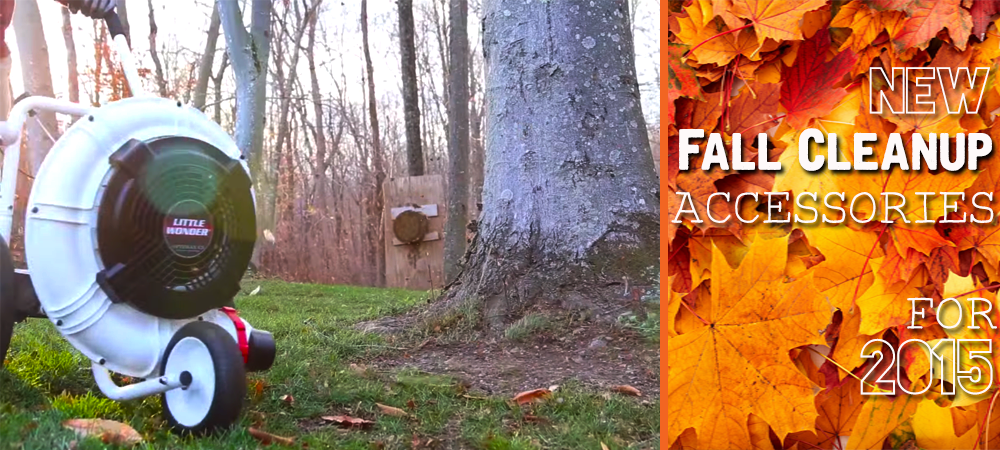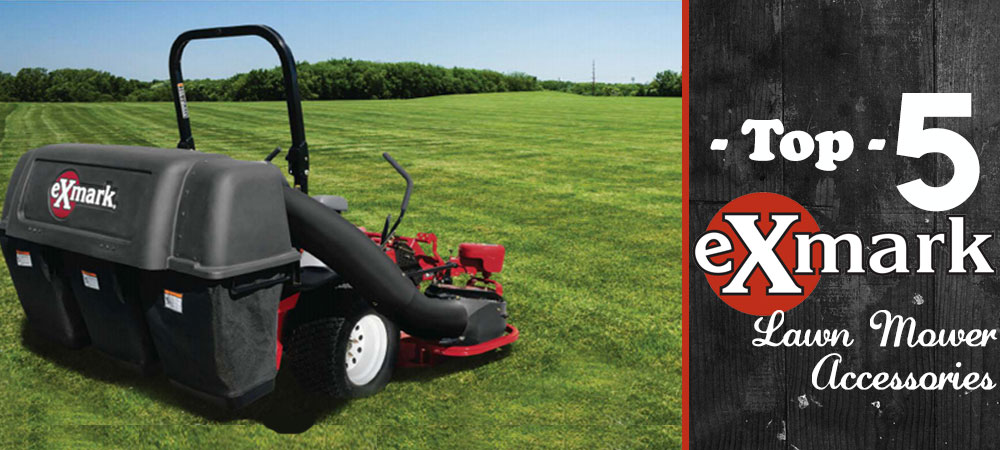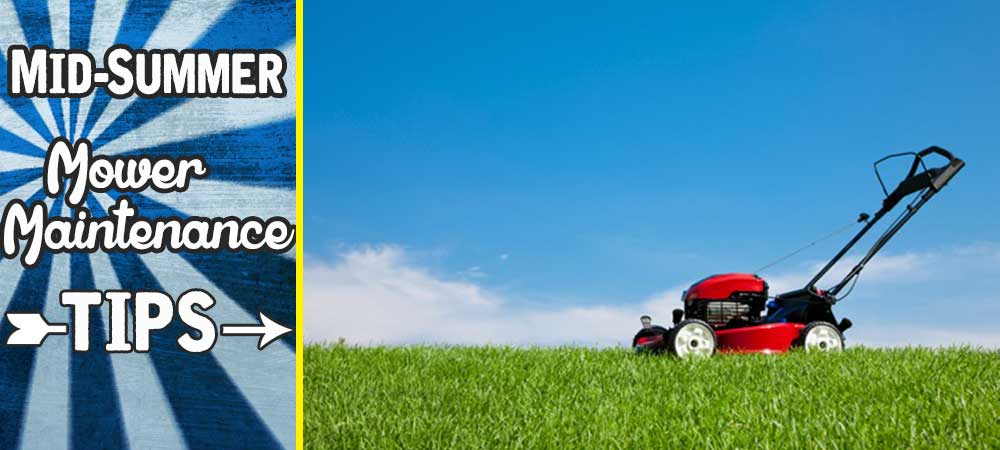
New Fall Cleanup Accessories for 2015
New Leaf Cleanup Accessories for 2015
As we’re headed into Fall, temperatures aren’t the only thing dropping! You might have noticed all the leaves! Nothing can screw up your lawn mower than leaves. Fortunately, there are some great new leaf cleanup products from Stihl, Trac-Vac, Little Wonder and more! If leaves are starting to take over your lawn, then it’s time to fight back! Here is a guide to some of the best new fall cleanup accessories, including Leaf Blowers, Lawn Vacuums and more!
 Little Wonder C5 Wheeled Leaf Blower
Little Wonder C5 Wheeled Leaf Blower
It’s no wonder why the Little Wonder C5 Wheeled Blower is one of the most popular leaf blowers on the market. It’s powerful, yet lightweight design features never-flat, oversize wheels and a padded handle for maximum operator comfort and the simplest maneuvering. This great new leaf blower even features the new, adjustable Aim Rite nozzle for maximum versatility.
 Billy Goat Walk Behind Leaf Vacuum
Billy Goat Walk Behind Leaf Vacuum
If lawn vacuums are more your style, the Billy Goat Walk Behind Leaf Vacuum is a perfect choice for any homeowner. This powerful vacuum features a heavy duty Briggs & Stratton Engine, a 27″ clearing width and heavy duty construction that’s rugged enough to pick up leaves, grass and even pinecones!
 Trac-Vac Pull Behind Leaf Collection System
Trac-Vac Pull Behind Leaf Collection System
On the other hand, if you have a little more land to clear, Trac-Vac has a wide variety of pull behind leaf collection systems that are ideal for large areas. Whether you will be pulling the Trac-Vac system behind a lawn tractor, zero turn lawn mower, or compact tractor, there is a Trac-Vac collection system that is perfect for you and your operation. Simply tow this system behind your mower or tractor and experience a clean, perfect lawn.
Whether you’re a homeowner or a commercial landscaper, Stihl leaf blowers are perfect for any user. Stihl offers a wide variety of leaf blowers at any price point so you can be sure to find the perfect blower for you. Stihl handheld leaf blowers are lightweight, powerful and even come in battery powered models! If you’re going to be operating a leaf blower for longer periods of time, then Stihl backpack blowers are more up your alley! Lightweight, comfortable and super convenient, the Stihl backpack blowers rest easily on your back while you go to work! Now, Stihl even offers an Electric Start Backpack blower for added convenience!
 Stihl Gutter Kit
Stihl Gutter Kit
We can all pretty much agree that clearing gutters is – hands down, the worst part about fall cleanup. Between shaky ladders and wet, smelly leaves, gutter cleanup typically makes for a pretty bad afternoon. Well, you’re in luck! The days of getting up on a ladder are over! Stihl now offers an incredibly convenient gutter cleaning kit! This kit consists of a series of plastic tubes that can easily attach to most handheld leaf blowers and extend over ten feet! Now you can clean your gutters from the safety of the ground!
 Stihl Leaf Blowers
Stihl Leaf Blowers
 5.
5.  4.
4.  3.
3.  2.
2.  1.
1. 
 Innovative Electric Start System
Innovative Electric Start System Anti-Vibration System
Anti-Vibration System
 1. Prune Trees
1. Prune Trees 2. Aerate your Lawn
2. Aerate your Lawn 3. Edge Sidewalks
3. Edge Sidewalks 4. Mulch your Lawn
4. Mulch your Lawn 5. Sharpen your Mower Blades
5. Sharpen your Mower Blades
 PRO TIP: Save water and use an air compressor to get rid of debris quickly! If you don’t have an air compressor, a
PRO TIP: Save water and use an air compressor to get rid of debris quickly! If you don’t have an air compressor, a  2. Tighten Bolts and Hardware
2. Tighten Bolts and Hardware 3. Change the Air Filter
3. Change the Air Filter 4. Check the Blades
4. Check the Blades

 What is Overseeding?
What is Overseeding?







 Dethatching:
Dethatching: Vacuuming:
Vacuuming: Overseeding
Overseeding